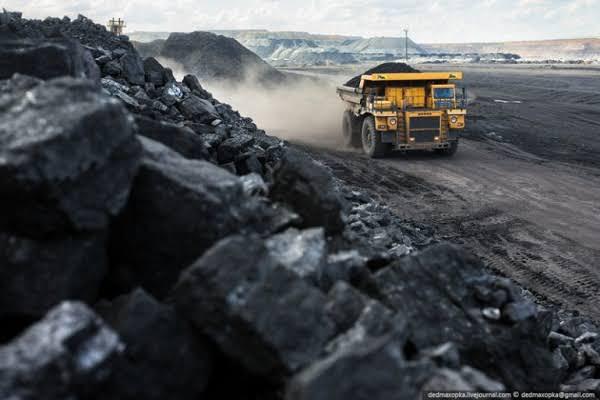In May 2025, Coal India Limited (CIL), the world’s largest coal producer, reported a 7.8% decline in coal offtake compared to the same period last year. This decrease comes despite a record surge in electricity demand across India due to extreme summer heat, which pushed peak power consumption to historic highs.
Rising Power Demand Meets Supply Chain Challenges
India witnessed an unprecedented spike in electricity demand in May, with peak demand expected to surpass 260 gigawatts. In response, the government asked thermal power plants to delay maintenance and operate at full capacity to ensure uninterrupted electricity supply. However, the coal supply chain faced significant logistical issues — especially a shortage of railway rakes — which hindered timely coal delivery to power plants.
Production Strong, But Offtake Falls
CIL’s coal offtake in May stood at 68.2 million metric tonnes (MMT), registering a year-on-year decline of 7.8%. Meanwhile, coal production remained strong at 64.4 MMT, reflecting a 7.5% increase over May 2024. This indicates that while mining operations were robust, transportation bottlenecks limited the company’s ability to deliver coal to end users.
Government Response and Forward Strategy
To manage the crisis, the Ministry of Coal activated its Sub-Group mechanism — which includes representatives from the coal, power, and railway ministries — to monitor and streamline coal movement. Efforts included improving railway rake availability and increasing coal shipments via coastal shipping.
Despite the current setbacks, CIL has maintained its targets for FY25: 788 MMT of coal production and 765 MMT of offtake. Achieving these figures will depend heavily on resolving the transportation and infrastructure constraints currently hampering coal distribution.
MMPI’s take on the matter:
Mr. A.P Panda , Ex-CMD of South Eastern Coalfields Limited & Eastern Coalfields Limited currently on the Strategic Advisory board of Metals & Minerals Publication of India (MMPI) has briefly stated some of the challenges faced by coal india subsidiaries and its possible solutions .
1. SECL (South Eastern Coalfields Limited):
– Korba Coalfields’ expected contribution isn’t materializing due to issues in Kusmunda and Dipka mines.
– Raigarh Coalfields’ production isn’t improving.
– MDOs (Mine Developer-cum-Operators) haven’t started, and coal evacuation facilities aren’t ready.
2. ECL (Eastern Coalfields Limited):
– Dependence on Rajmahal’s production; if it drops, targets won’t be met.
– Need to push MDOs to achieve yearly targets.
3. BCCL (Bharat Coking Coal Limited):
– Facing significant challenges due to covering up issues instead of resolving them.
4. CCL (Central Coalfields Limited) and NCL (Northern Coalfields Limited):
– Need to address coal evacuation challenges.
5. WCL (Western Coalfields Limited):
– Extraction cost challenges and consumer-centric issues.
Possible Solutions
SECL:
1. Operational efficiency: Implement advanced mining technologies and optimize mine planning to improve productivity.
2. MDO management: Establish clear performance metrics and incentives for MDOs to meet targets.
3. Coal evacuation infrastructure: Invest in upgrading evacuation facilities and infrastructure.
ECL:
1. Diversify production: Explore alternative mining areas to reduce dependence on Rajmahal.
2. MDO performance monitoring: Regularly track MDO performance and address issues promptly.
BCCL:
1. Transparency and accountability: Foster a culture of openness and accountability to address issues directly.
2. Capacity building: Invest in training and capacity building for employees.
CCL and NCL:
1. Coal evacuation infrastructure: Invest in upgrading evacuation facilities and infrastructure.
2. Collaboration: Work with stakeholders to optimize logistics and transportation.
WCL:
1. Cost optimization: Implement cost-saving measures and optimize extraction processes.
2. Consumer engagement: Improve communication and services to address consumer concerns.
These companies may benefit from:
– Operational efficiency: Improving mine operations and evacuation facilities.
– MDO management: Ensuring MDOs meet targets and deadlines.
– Transparency and issue resolution: Addressing problems directly instead of covering them up.
– Cost optimization: Reducing extraction costs and improving productivity.

